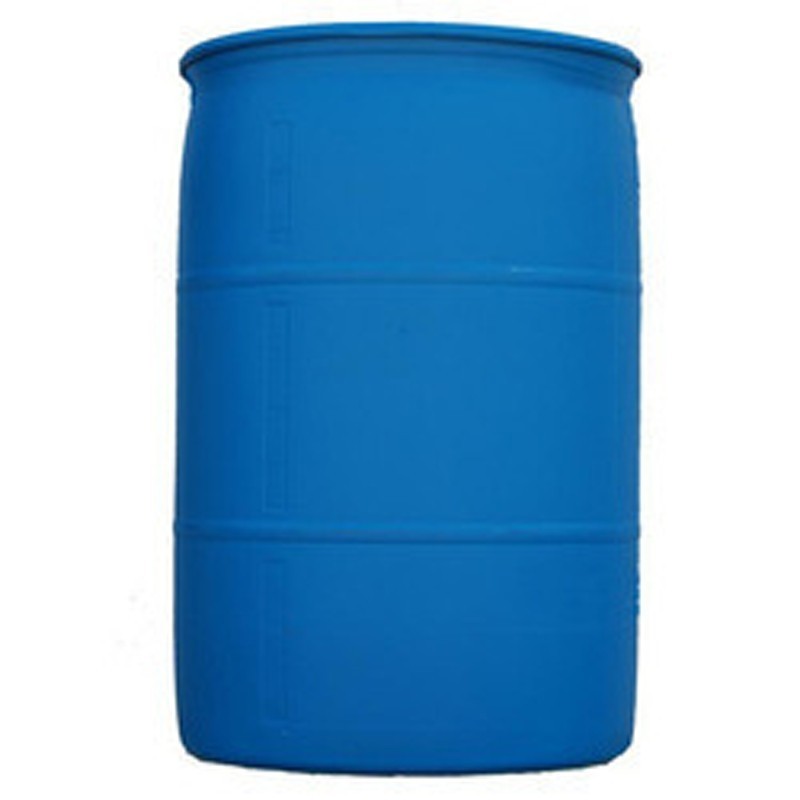Coco betaine is a mixture of closely related organic compounds derived from coconut oil and dimethylaminopropylamine.
Coco betaine is shorthand for the chemical cocamidopropyl betaine. This chemical is frequently used in soaps and shampoos, as well as some hair products.
Coco betine is derived from coconut oil, which has led to its description as a natural product.
Coco betaine is used primarily as a mild surfactant, meaning that it is used for purposes that other soaps would be too harsh for, like baby shampoo. It was developed as a way to make soaps less irritating to skin and eyes, however the Environmental Working Group suggests that coco betaine does exactly the opposite.
A difference in the levels of impurities in different products may be the cause of this discrepancy.
Coco betaine is frequently used in bubble bath solution and hair spray. In bubble bath it forms bubbles with very little cleaning being done. Soaps destroy bacteria by lowering the pH of the environment.
Coco betaine does not lower the pH a lot, but it does have a mild germicidal effect. In hairspray the coco betaine will adhere to the hair and form a layer, reducing static and making hair more manageable.
What is cocamidopropyl betaine?
Cocamidopropyl betaine is a synthetic detergent and surfactant that is used in personal care products, cosmetics [1][2] and cleaning products [3]. It is used to reduce static, condition the skin & hair, increase the foaming action of certain cleansing and cleaning products, and moderate the viscosity of liquids [1].
What products is cocamidopropyl betaine in?
As a synthetic surfactant, cocamidopropyl betaine is found in a number of personal hygience products like shampoo, toothpaste, contact lens solutions, skin care products like bath gels, cleaners, liquid soaps, and make-up remover, as well as personal hygiene products [1][2].
How to tell if a product has cocamidopropyl betaine
Look for a variety of different synonyms used to designate the presence of cocamidopropyl betaine. In cleaning products, look for these:
CADG, Cocamidopropyl betaine, Cocamidopropyl dimethyl glycine, Cocoamphocarboxypropionate, Cocoamphodiproprionate, Disodium cocoamphodipropionate
In personal care products, look for these:
1-propanaminium, 3-amino-n- (carboxymethyl) -n,n-dimethyl-, n-coco acyl derivs., inner salts; 1-propanaminium, n- (carboxymethyl) -n,n-dimethyl-3- [ (1-oxococonut) amino] -, hydroxide, inner salt; 1propanaminium, 3aminon (carboxymethyl) n,ndimethyl, ncoco acyl derivs., hydroxides, inner salts; cadg; cocamido betaine; cocamidopropyl dimethyl glycine; cocoamidopropyl betaine; cocoyl amide propylbetaine; cocoyl amide propyldi methyl glycine solution; cocoyl amide propyldimethyl glycine; hydroxide inner salt 1-propanaminium, n- (carboxymethyl) -n,n-dimethyl-3- [ (1-oxococonut) amino] –
Risks associated with cocamidopropyl betaine
Health concerns around cocamidopropyl betaine include allergic skin reaction, contact dermatitis and environmental toxicity [1] [2]. Increasing rates of sensitization in the population led to cocamidopropyl betaine being named Allergen of the Year in 2004 by the American Contact Dermatitis Society [2].
The Environment Canada Domestic Substance List includes cocamidopropyl betaine as a suspected environmental toxin [1]. In addition, there are dangers associated with cocamidopropyl betaine having to do with the substances that are used in processing this ingredient: amidoamine and 3-dimethylaminopropylamine. Nitrosamines may also form as a by-product of cocamidopropyl betaine.

Login To Comment